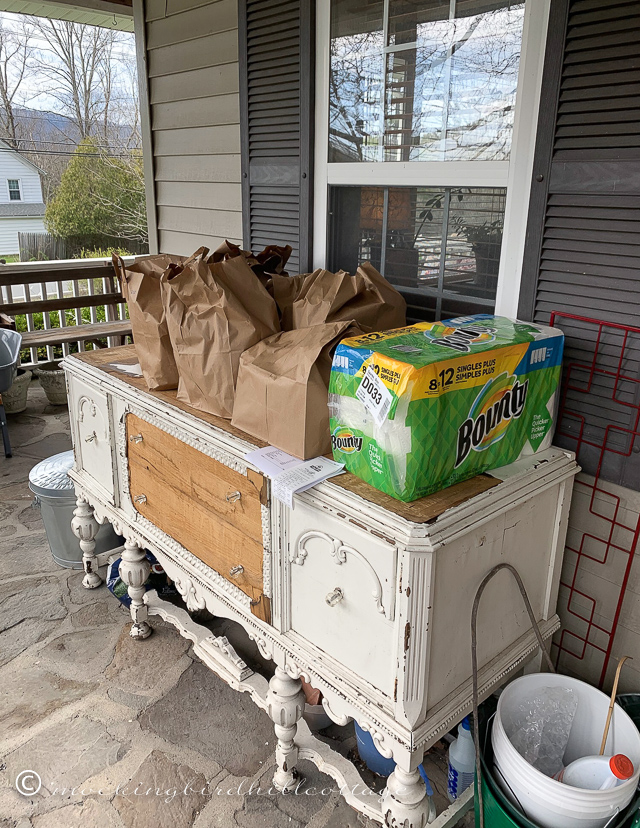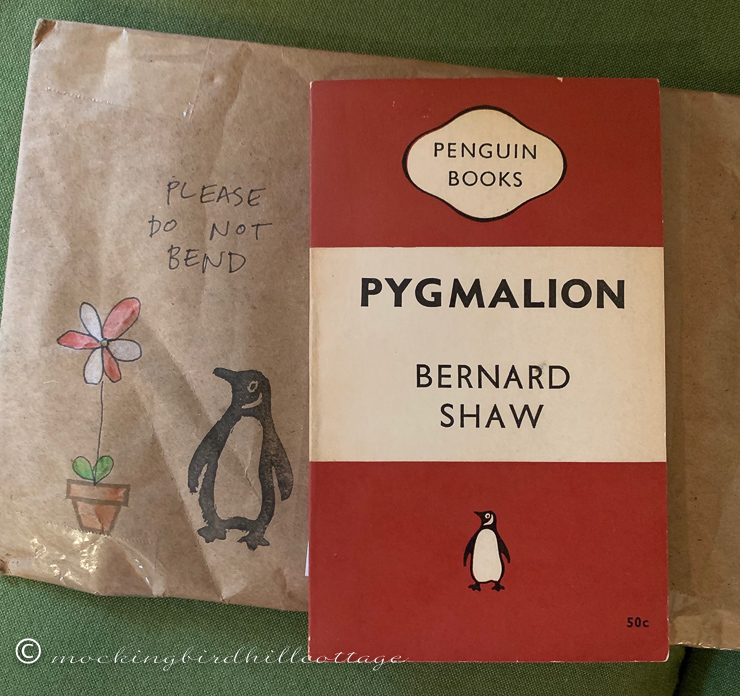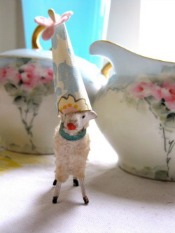
The new reality. No green things growing in pots on the porch, not even the Boston Fern, because it’s too early to bring it outside. Groceries delivered and placed on the former kitchen island. By the way, we made a decision to call it The Potting Bench now, even though I don’t actually pot there. I do store lots of pots and gardening stuff inside those drawers and cupboards.
Right after I took this picture, we disinfected everything – wearing gloves, of course. Then we transferred the items to other bags and moved them into the house. Then I folded up all the brown bags and placed them in our recycling bin.
I know I’m exaggerating (but only slightly) – it’s all exhausting. Who knew that an actual trip to the grocery store without gloves and masks, which I used to find tedious, would turn out to be the equivalent of a trip to Disneyland? Or maybe not Disneyland, as I hate crowds and the incessant playing of “It’s a Small World.” Maybe the beach? Anyway, you get the picture.
But score one for getting more paper towels! And this time, the ones I actually like.
My only complaint about the grocery delivery service that we use is the fact that you can’t include a tip during check-out. We don’t have any cash sitting around – well, we did, but we’ve used that for previous deliveries. So we scrabble around for change and magical dollar bills that might turn up in our cabinets. Yesterday, I remembered a five dollar bill that had been sitting in one of my china pieces in the den. I don’t know why it was there, but thank goodness I remembered it.
Moving on.
A bit of background on the Penguins we’re collecting, which are not the same as Penguin Classics, or any other Penguins that have been published or are currently being published. Those I have in abundance.
No, these Penguins came from Allen Lane’s frustration with the “poor quality of reading material on offer at the Exeter train station.” It inspired him to create “cheap, well designed quality books for the mass market.” These books were sold not only at train stations but at Woolworth’s and high street stores for a total of sixpence. “Penguin’s success demonstrated that large audiences existed for serious books.” Since paperbacks at that time were largely pulp novels, this was groundbreaking. The first round of books were published in 1935 under the imprint of Bodley Head, the company Lane and his two brothers owned. The next year, the books began to be published as Penguin Books.
This truly revolutionized the publishing industry. The design of the books was also groundbreaking. Eschewing the lurid cover designs of other paperbacks, the publishers went with the tri band. “Penguin opted for the simple appearance of three horizontal bands, the upper and lower of which were colour-coded according to which series the title belonged to; this is sometimes referred to as the horizontal grid. In the central white panel, the author and title were printed in Gill Sands and in the upper band was a cartouche with the legend “Penguin Books.” The original design was created by 21 year old Edward Young.
Orange/White – general fiction, green/white – crime fiction, cerise/white – travel and adventure, dark blue/white – biographies, yellow/white – miscellaneous, red/white – drama, purple/white – essays and belles lettres, gray/white – world affairs.
American publishers drew on Penguin’s model and started publishing Pocket Books in 1938.
Quotes are from Wikipedia. Another great source is this article from the Smithsonian Magazine.
Anyway, there you have it. We’re collecting a very specific imprint – which consists of tri bands and other variations on that design – that lasted about thirty years. I encourage you to read about it; there’s a fascinating section on publishing during wartime.
Hey, it’s sunny today. Huzzah!
Happy Wednesday.


